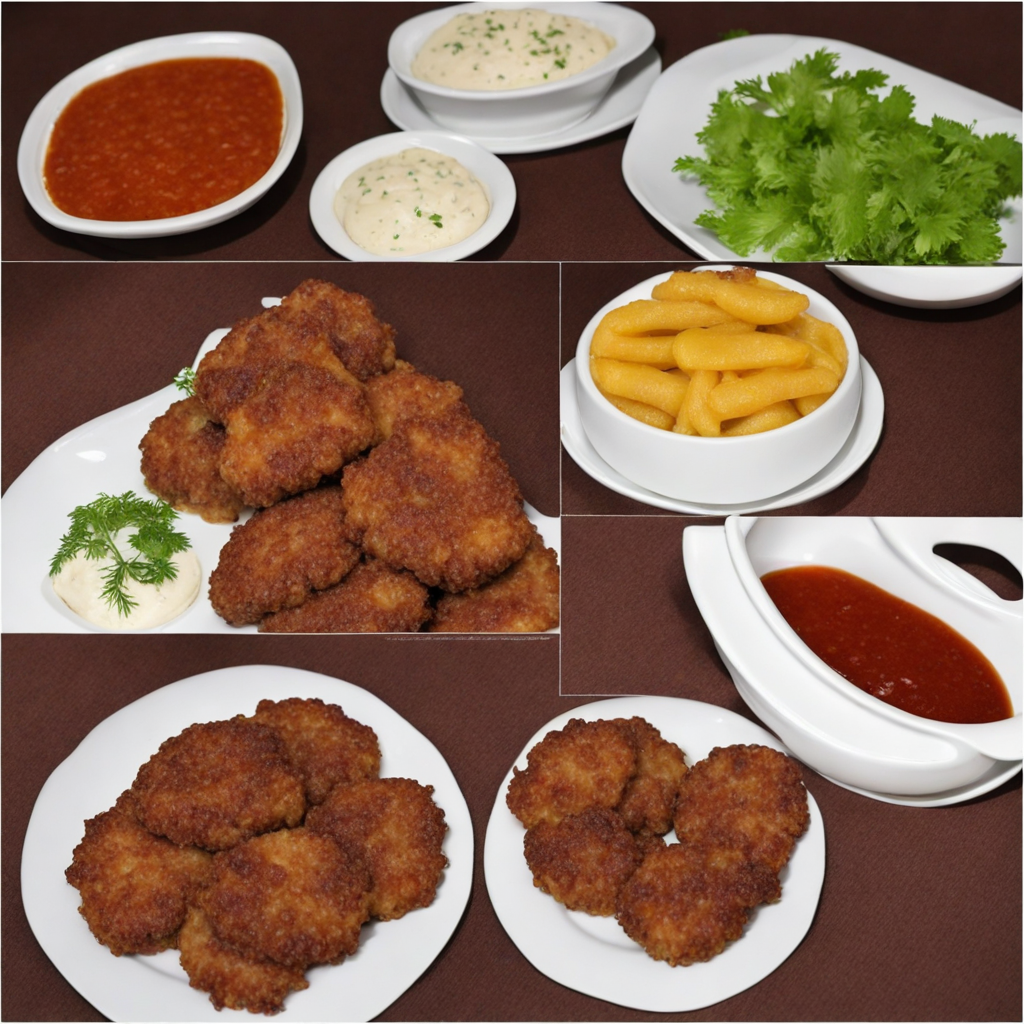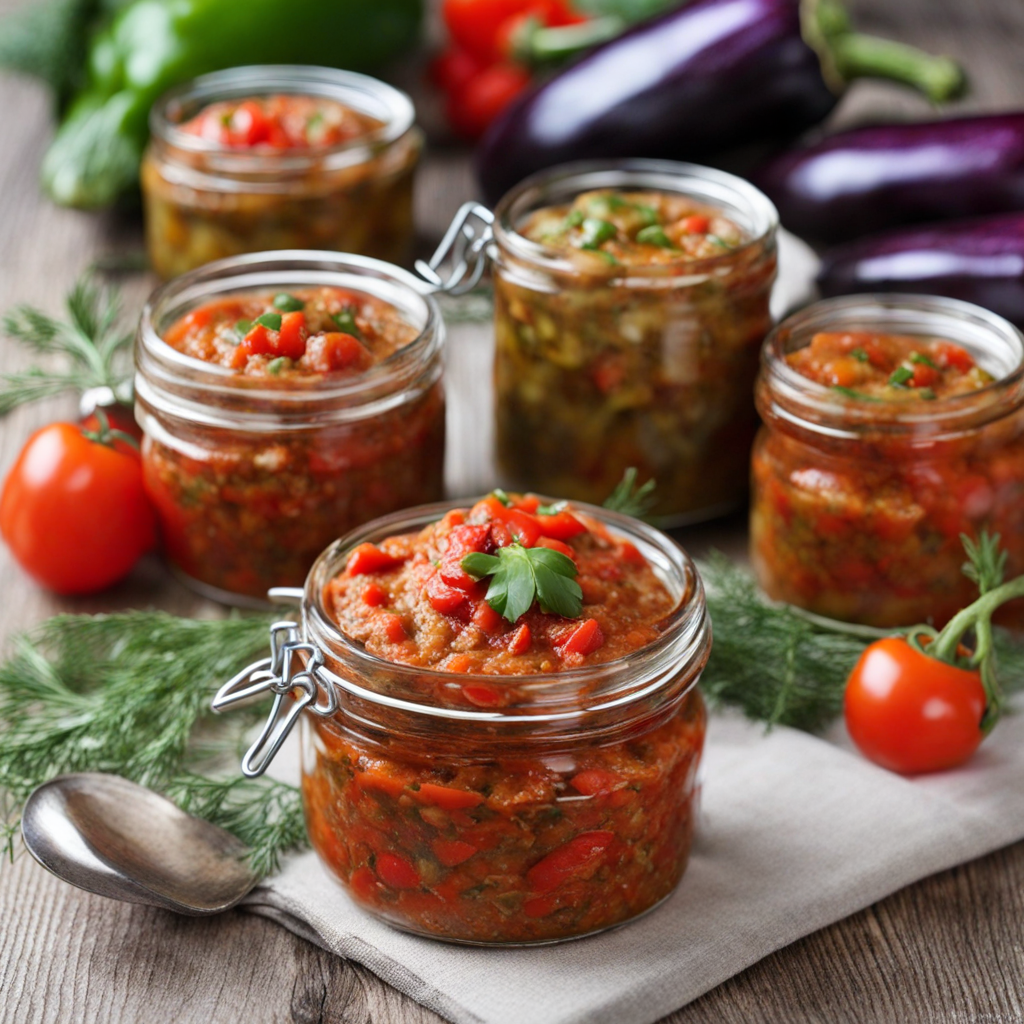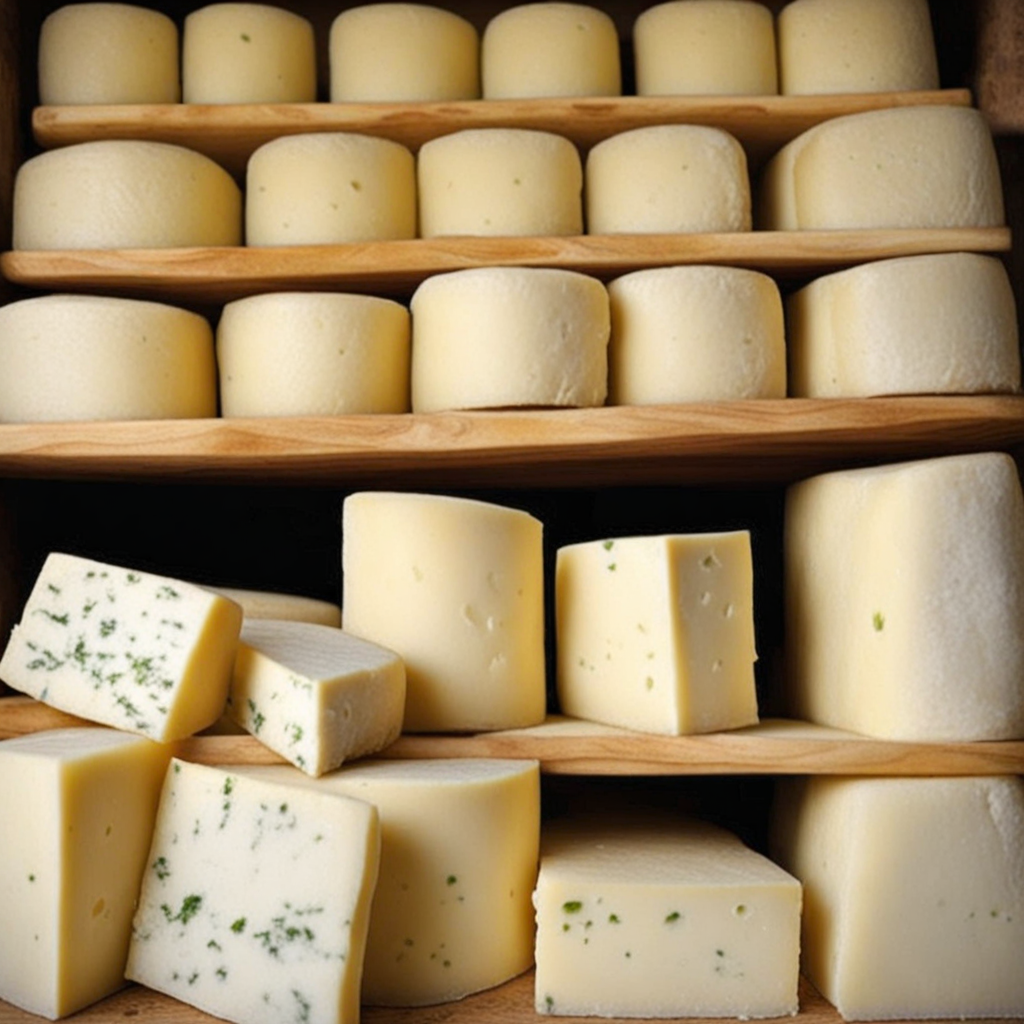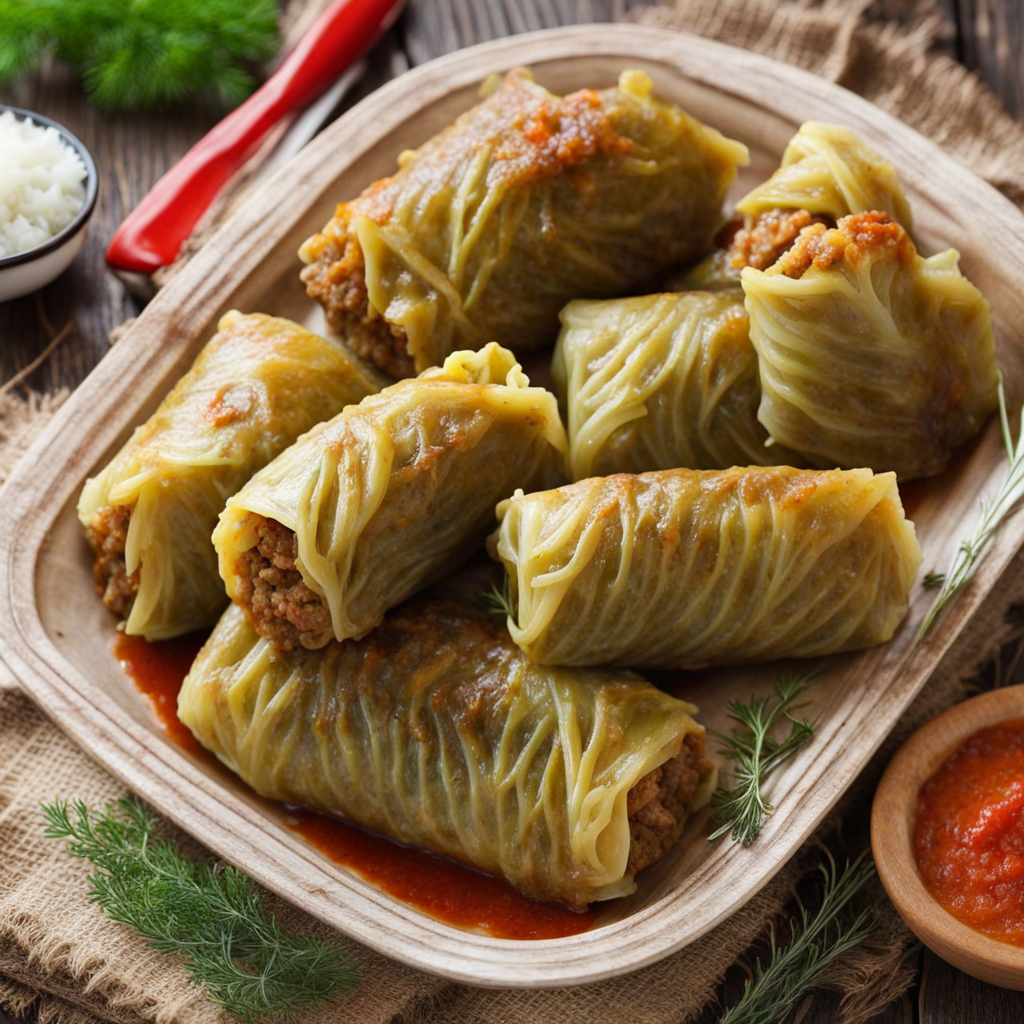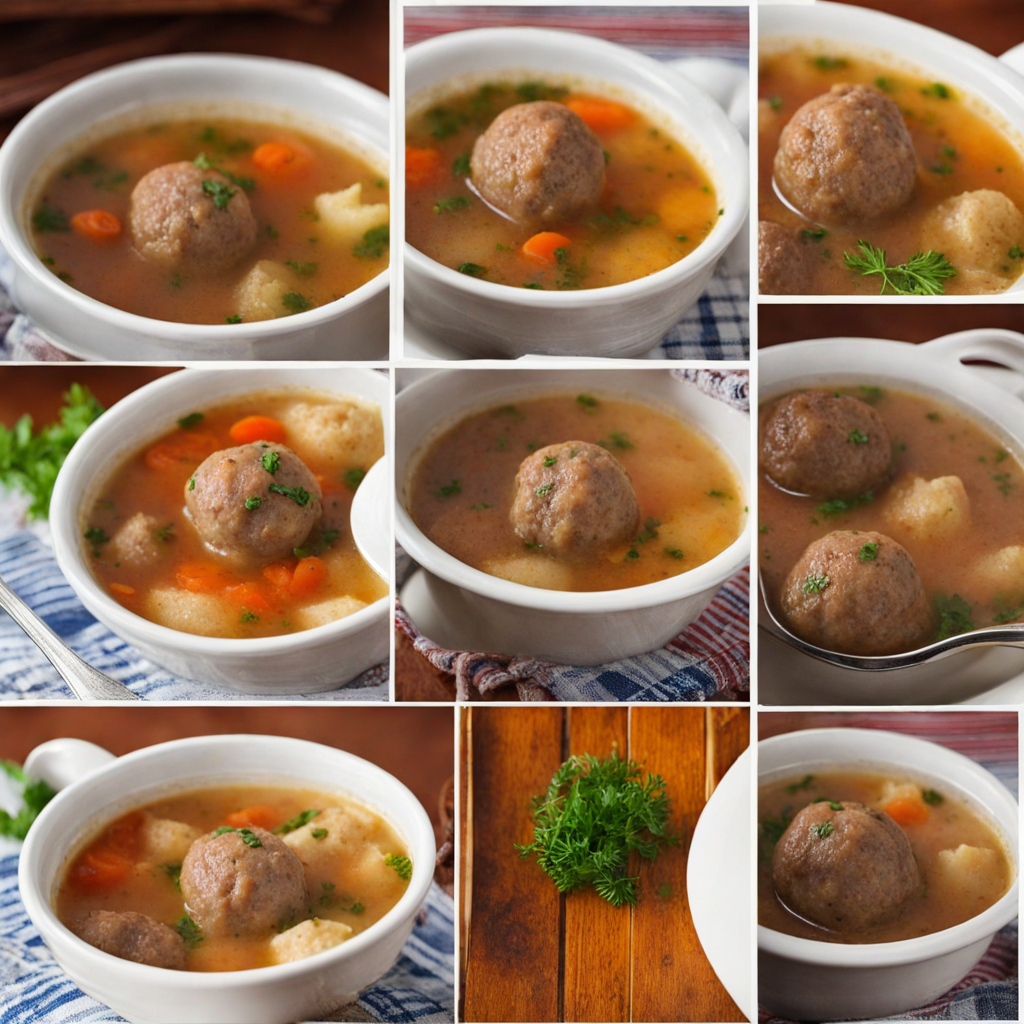Chiftele
Chiftele, a traditional Romanian dish, is a delightful variation of meatballs that showcases the rich flavors of the region. Typically made with ground meat, such as pork or beef, these savory morsels are blended with a medley of aromatic herbs and spices, including dill, thyme, and garlic. The mixture is often enriched with finely chopped onions and sometimes rice or breadcrumbs, which provide a unique texture and heartiness. The preparation involves shaping the mixture into small patties, which are then pan-fried until golden brown, creating a delicious crispy exterior that contrasts beautifully with the tender and juicy interior. What truly sets chiftele apart is the incorporation of local ingredients and cooking techniques that reflect Romania's culinary heritage. The meatballs can be served with a variety of accompaniments, such as creamy polenta, fresh salad, or a tangy tomato sauce, enhancing the overall flavor profile. Each bite offers a satisfying blend of spices and the comforting taste of home-cooked goodness, making chiftele a popular choice for family gatherings and festive occasions. As you savor chiftele, you'll experience a taste of Romania's rich cultural tapestry, where food is not just about sustenance but also about connection and tradition. The dish is often enjoyed with a side of pickles or a dollop of sour cream, adding a refreshing contrast to the savory meat. Whether you enjoy them as a main course or a hearty snack, chiftele promises to transport your taste buds on a flavorful journey through the heart of Romanian cuisine.
How It Became This Dish
The History of Chiftele: Romania's Flavorful Meatballs Chiftele, the beloved meatballs of Romania, are a culinary staple that embody the rich history and diverse cultural influences of the region. These savory bites are not just a dish; they are a testament to Romania’s agricultural heritage, communal dining traditions, and the evolution of flavors that have been shaped over centuries. #### Origins: A Culinary Mosaic The roots of chiftele can be traced back to the ancient practices of food preservation and preparation in Eastern Europe. The term "chiftele" is derived from the Turkish word "köfte," reflecting the Ottoman Empire's profound influence on Romanian cuisine. The Ottomans ruled parts of Romania for centuries, bringing with them a variety of spices and cooking methods that enriched local flavors. Initially, chiftele were made from minced meat, often mixed with rice or breadcrumbs, and seasoned with herbs and spices. The primary meats used were pork and beef, although chicken and lamb variants emerged over time. The combination of these ingredients provided a way to stretch meat supplies, particularly important in rural households where resources were limited. #### Cultural Significance: More Than Just a Meal Chiftele hold a special place in Romanian culture, often associated with family gatherings, festive occasions, and communal meals. They are a symbol of hospitality, frequently served during celebrations such as Easter, Christmas, and weddings. The preparation of chiftele is often a communal activity, bringing families together in the kitchen to share stories and laughter while mixing ingredients and shaping the meatballs. In Romania, food is deeply intertwined with identity and tradition. Chiftele serve as a culinary representation of this connection, illustrating how food can bridge generations and preserve cultural heritage. The dish is often accompanied by side dishes such as polenta (mămăligă), pickles, or a fresh salad, emphasizing the importance of balance and variety in Romanian meals. #### Development Over Time: A Culinary Evolution As Romania evolved through the ages, so did the recipe for chiftele. The 19th century saw significant changes, particularly during the period of modernization and increased interaction with Western European culinary practices. Romanian cooks began experimenting with flavors, introducing new ingredients and techniques. The classic chiftele recipe typically calls for minced meat, finely chopped onions, breadcrumbs, and various spices such as dill, thyme, and pepper. However, regional variations began to emerge. For instance, in some areas, cooks would add grated carrots or zucchini to the mixture, infusing the meatballs with additional moisture and flavor. The introduction of eggs into the mix helped bind the ingredients together, creating a firmer texture. The cooking methods also expanded. While traditionally fried in oil, the 20th century brought about alternative methods such as baking or grilling, reflecting a growing awareness of health and dietary preferences. These adaptations made chiftele more versatile, allowing them to be enjoyed in various settings, from casual family dinners to elegant gatherings. #### Chiftele in Contemporary Romania Today, chiftele remain a beloved dish throughout Romania, enjoyed by both young and old. The rise of globalization and culinary tourism has brought Romanian cuisine into the spotlight, with chiftele often featured on restaurant menus and at cultural festivals. Chefs are now exploring creative twists on the traditional recipe, incorporating international flavors and techniques while paying homage to their roots. Vegetarian and vegan versions of chiftele have also emerged, using lentils, chickpeas, or vegetables as a base. These adaptations reflect a growing awareness of dietary restrictions and preferences, ensuring that the beloved meatballs can be enjoyed by everyone. Moreover, the dish has gained popularity beyond Romania’s borders, with Romanian expatriates introducing chiftele to new audiences around the world. Food has become a way for these communities to connect with their heritage, and chiftele serve as a delicious reminder of home. #### A Symbol of Resilience Chiftele are more than just a culinary delight; they are a symbol of resilience and adaptability. The dish’s ability to evolve while retaining its core identity speaks to the broader narrative of Romanian history. As the country has faced various challenges, from political upheaval to economic hardship, the tradition of making chiftele has persisted, reflecting the strength and resourcefulness of the Romanian people. In a world increasingly driven by fast food and convenience, the act of preparing chiftele connects individuals to their ancestors, reminding them of the importance of home-cooked meals and the nurturing quality of food. The communal aspect of making chiftele continues to thrive, with families gathering to share recipes, stories, and, of course, the delightful results of their labor. #### Conclusion: The Enduring Legacy of Chiftele In conclusion, chiftele are much more than delicious meatballs; they are a rich tapestry of history, culture, and community. Their origins reflect a synthesis of influences that have shaped Romanian cuisine, while their continued evolution highlights the adaptability and resilience of culinary traditions. As Romania moves forward, chiftele will undoubtedly remain a cherished dish, embodying the spirit of togetherness and the celebration of heritage. Whether served at a festive gathering or enjoyed as a simple weeknight meal, chiftele carry with them the stories of generations, making every bite a taste of history.
You may like
Discover local flavors from Romania



